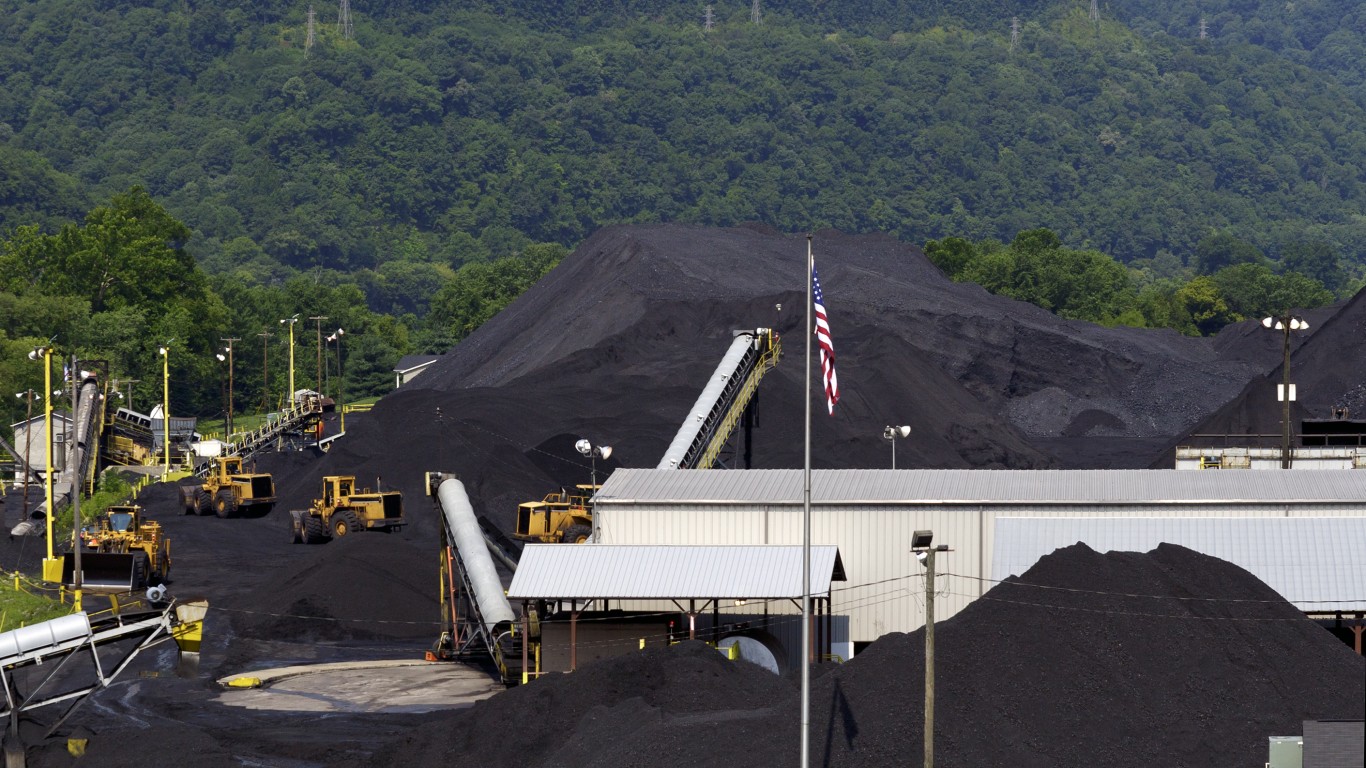
One summarization of the report could be: Demand for energy will be 35% higher in 2040 than it is today and carbon-based fuels will continue to meet about 75% of the world’s energy demand. The good news is that without efficiency gains that 35% growth figure would be approaching 140% growth.
The fastest growth will be among renewables, with wind, solar, and biofuels growing at a rate of 6% a year to reach 4% of the world’s total energy supply by 2040. Including hydropower, renewables will meet about 15% of total demand for energy in 2040. Nuclear power generation is forecast to double.
The world’s population is forecast to add 2 billion people, bringing the global total to 9 billion. Half the demand growth for energy will come from China and India, while 32 of the 34 developed economies included in the OECD will see energy demand grow. Exxon identities 10 Key Growth countries: Mexico and Turkey, both members of the OECD; Brazil, South Africa, Nigeria, Egypt, Saudi Arabia, Iran, Thailand, and Indonesia.
Exxon includes some interesting observations on demand for transportation fuel:
- Remarkably, energy demand for cars and other personal vehicles is expected to rise only slightly from 2010 to 2040, as fuel economy improvements in passenger cars over time essentially offset a steep rise in the number of cars in the world.
- China alone is expected to account for 40% of the global fleet increase.
- Global demand for fuel for light-duty vehicles will peak around 2020 at about 23 million oil-equivalent barrels per day.
- Fuel economy for the average vehicle on the world’s roads will be 45 miles per gallon in 2040, up from 25 mpg in 2010.
- Hybrid vehicles make up almost 50% new car sales by 2040, up from 1% in 2010, to comprise about a third of the global fleet.
Heavy-duty vehicles like commercial trucks and buses will be the largest consumers of transportation fuel by 2040 and demand for aviation, rail, and marine fuel will rise by 75% compared with demand in 2010.
Demand will be met by an increase of 45% in global liquids supply from unconventional sources like tight oil (shale), oil sands, biofuels, deepwater, and NGLs. Exxon reckons that by 2040 7% of the world’s supply of liquids will come from tight oil and the majority will come from North America.
Exxon also expects North America to be a net exporter of liquids by 2040 when the continent will be producing more than 10 million barrels per day and demand declining by 1 million barrels.
By 2040 North American production of natural gas will rise by 75% to around 140 billion cubic feet per day as production of unconventional gas (from shale) nearly triples.
Exxon does not take a stab a how much all this new energy will cost, but it is relatively certain that supply will not grow enough to meet demand at crude prices of around $60 a barrel. Efficiency gains and diversification will help moderate the higher prices, but energy prices will surely rise.
ALSO READ: Could Falling Oil Prices Spark a Financial Crisis?
Get Ready To Retire (Sponsored)
Start by taking a quick retirement quiz from SmartAsset that will match you with up to 3 financial advisors that serve your area and beyond in 5 minutes, or less.
Each advisor has been vetted by SmartAsset and is held to a fiduciary standard to act in your best interests.
Here’s how it works:
1. Answer SmartAsset advisor match quiz
2. Review your pre-screened matches at your leisure. Check out the advisors’ profiles.
3. Speak with advisors at no cost to you. Have an introductory call on the phone or introduction in person and choose whom to work with in the future
Get started right here.
Thank you for reading! Have some feedback for us?
Contact the 24/7 Wall St. editorial team.



